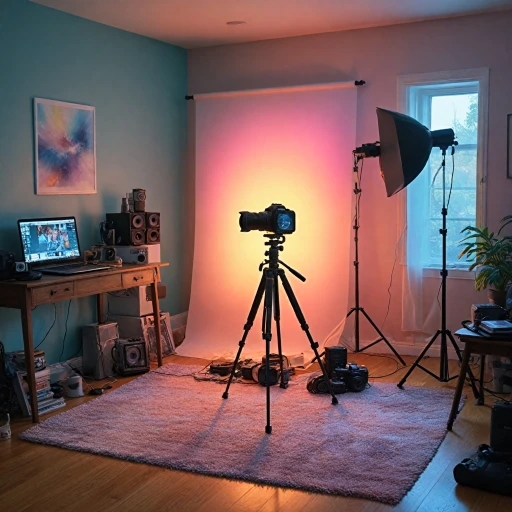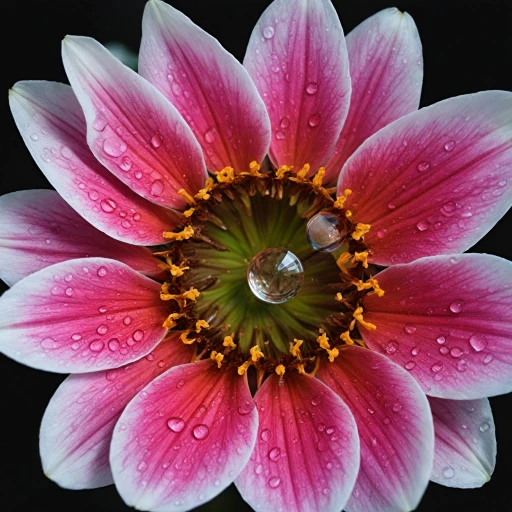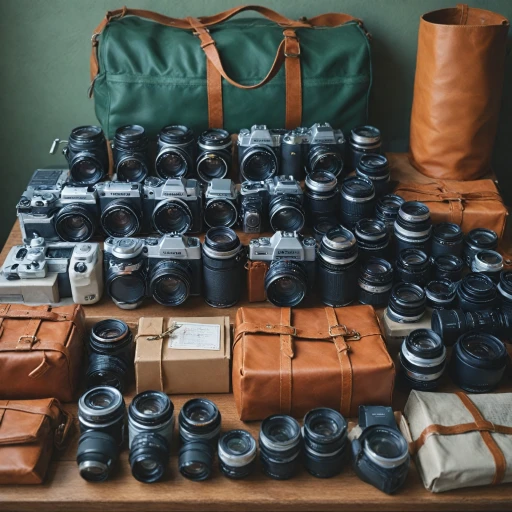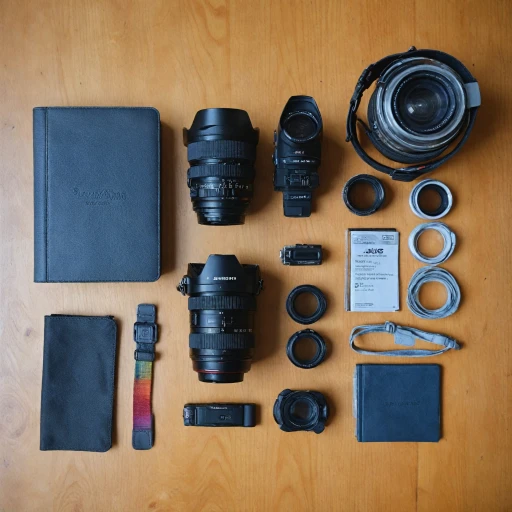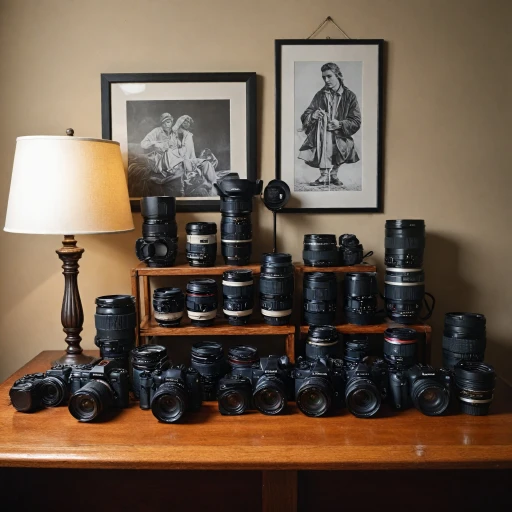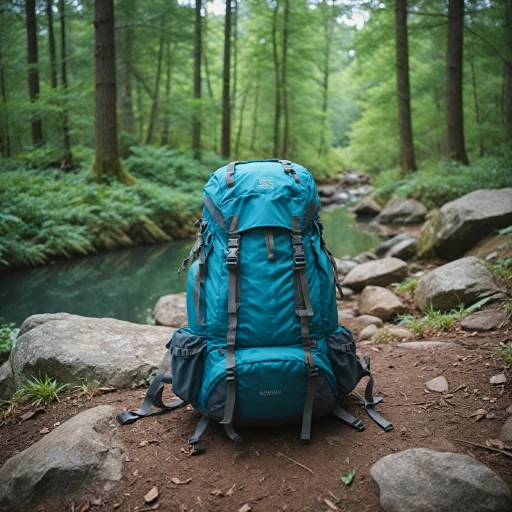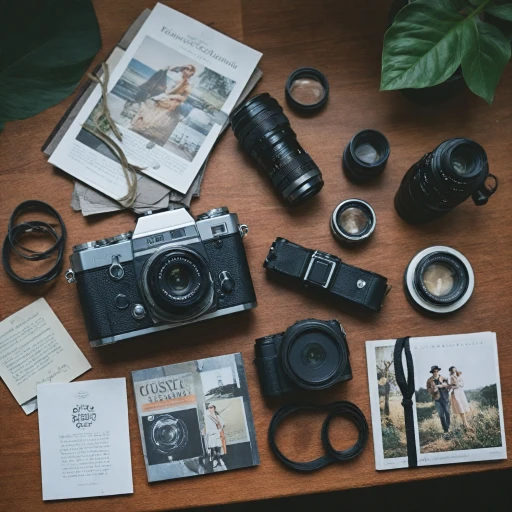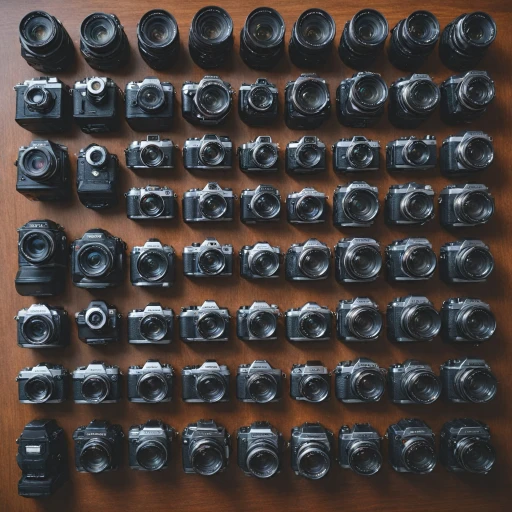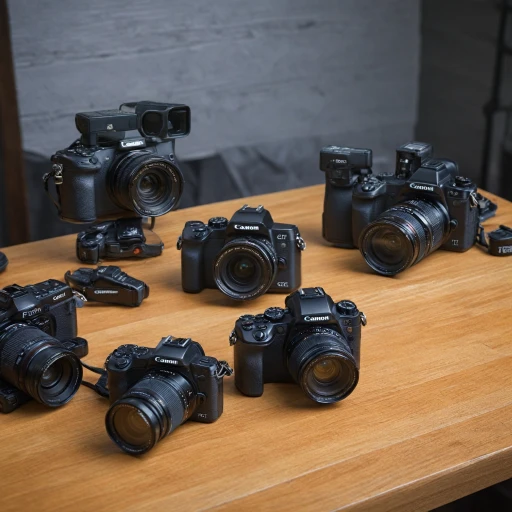
Understanding Megapixels: What Does 20 MP Mean?
Understanding the 20-Megapixel Mark
The term megapixels is often thrown around in discussions about digital cameras, but what does a 20-megapixel camera actually mean? In essence, a megapixel is a unit measuring resolution, with one megapixel equating to one million pixels. When we talk about a 20 MP camera, we're referring to cameras that capture images with 20 million individual pixel details, allowing for clear, high-resolution photos. This is particularly beneficial for those who aim to print large photos without sacrificing quality.
A significant aspect to consider is the camera's sensor, which plays a pivotal role in how the camera captures light and detail. Whether you opt for a Nikon Coolpix, a Sony Alpha, or a Canon EOS, each camera body utilizes different sensor technologies to maximize the potential of its megapixels. In mirrorless cameras, interchangeable lens capabilities further strengthen this advantage, offering versatility and improved optical zoom functionalities.
For many photography enthusiasts, especially those keen on exploring diverse shooting environments, possessing a good all-around camera like a Canon Powershot or a compact digital camera can be extremely rewarding. Notably, newer models often include features such as free shipping options and attractive discounts in their product description. These cameras promise a combination of portability and performance without being overly bulky, ideal for those on the move or customers looking to read trustworthy customer reviews before making a purchase decision.
If you're wondering how a 20 MP camera might fit into your photography journey or considering it as the perfect gift for someone starting out, exploring the ideal gift for a photography enthusiast can give you insight into how this specification connects to broader camera needs and trends.
Comparing 20 MP Cameras: Key Features to Consider
Key Aspects to Evaluate in 20-Megapixel Cameras
When diving into the world of digital cameras, especially those boasting a resolution of 20 megapixels, it's essential to compare and contrast their features. Here are critical elements to consider:- Sensor Size: Megapixels alone don't define image quality. A larger sensor can collect more light, enhancing the overall quality and detail of your images. Consider options like a full-frame sensor if high resolution is a priority.
- Lens and Mount Compatibility: Check the camera's lens mount to know if it supports interchangeable lenses. Brands like Nikon, Canon, and Sony offer a range of compatible options, allowing flexibility in capturing various scenes.
- Body Design: Whether it's a compact digital camera or a mirrorless camera, the design influences portability and user experience. Cameras like the Sony Alpha and Canon EOS series provide various body types, catering to different preferences.
- Optical Zoom Capacity: For distant subjects, optical zoom capability is vital. Cameras like the Canon PowerShot and Nikon Coolpix are renowned for their impressive optical zoom features.
- Video Capabilities: In the age of digital content, having a camera that handles video with high resolution is essential. Consider cameras with strong reputations for video performance, ensuring smooth and detailed video capture.
- Customer Reviews and Brand Reputation: Explore reviews and feedback from other users. Whether it's the Canon body or Sony Alpha black, learning from others' experiences will guide your decision.
- Special Features: Consider unique aspects like free shipping, compact design, and other perks that enhance the overall value.
Advantages of a 20-Megapixel Camera for Photography
Enhanced Detail and Clarity
A 20-megapixel digital camera offers a good resolution that is advantageous for capturing intricate details in your photographs. Thanks to the higher image resolution, you can easily enlarge, crop, or edit your photos without losing quality. The clarity is particularly noticeable when you use cameras with full frame sensors or a body black model like a Sony Alpha. Whether you're taking photos of distant landscapes or delicate textures up close, a 20-megapixel camera fills your needs with accuracy and depth.Versatile Usage with Interchangeable Lenses
Another enticing feature of a 20 MP camera is its compatibility with interchangeable lenses. This flexibility allows you to mount different lenses according to your photographic requirements, making it suitable for a variety of shooting conditions. Whether using a Canon EOS for portraits or a point-and-shoot camera for travel photography, having a mount lens option ensures an adaptable approach to capturing the stars of your subject matter.Video Capabilities
High-resolution video is an area where a 20-megapixel camera truly excels. Cameras such as the Nikon Coolpix or compact digital models often offer impressive video resolution, making them ideal for recording crisp and vivid footage. With mirrorless camera options, you gain the additional benefit of reduced size without compromising on video quality.Popularity and User Feedback
The market's lean toward 20-megapixel cameras is reflected in the multitude of positive customer reviews, particularly for brands like Canon Powershot and Sony Alpha. These cameras often receive praise for their image quality and compact body design. Many users appreciate free shipping offers and detailed product descriptions that outline what these digital cameras bring to the table. For photographers seeking to maximize their camera's potential, exploring more gear options can further enhance your shooting experience. Consider checking out some tips on choosing the perfect backpack for your hiking camera gear to keep your equipment well-protected and organized.Challenges and Limitations of 20 MP Cameras
Recognizing the Hurdles of Shooting with a 20 MP Camera
While the allure of higher resolutions such as those provided by a 20-megapixel sensor is indisputable, photographers aiming for excellence may encounter some challenges along the journey. Opting for a larger resolution guarantees rich image detail, but it often implies bigger file sizes that can strain storage capacities and processing power of digital devices. This is especially critical when shooting high-resolution videos which can quickly consume space. Investing in a robust storage solution is advisable to accommodate those space-hungry, high-resolution camera files. For those accustomed to point-and-shoot experiences, adjusting to a 20 MP camera might necessitate a learning curve, particularly when exploring interchangeable lens options. While interchangeable lens cameras such as mirrorless ones, including the increasingly popular Sony Alpha series or Canon EOS models, offer flexibility, they can also overwhelm beginners with a vast array of lens mount choices and technical specifications to consider. The balance between portability and functionality is another aspect to weigh in—compact digital cameras with a 20 MP sensor, like the Nikon Coolpix, might offer convenience, yet some camera enthusiasts argue that larger bodies, or those with interchangeable lenses, provide superior versatility. Although DSLRs are often considered bulky, body black designs are now slimmer, merging style with performance. Cost effectiveness cannot be ignored either. Digital cameras that incorporate high resolution sensors, optical zoom capabilities, and advanced features tend to demand higher investments. However, models like the Canon Powershot or a mirrorless camera from Sony, though initially heavier on the pocket, often garner favorable customer reviews that attest to their longevity and image quality. Additionally, finding the perfect lens to complement a 20 MP camera and extract the maximum digital performance can be vexing. Choosing the right lens depends on the shooting style—whether it's a compact lens for quick daily shots or a substantial mount lens for professional landscapes. Lastly, reliance on additional accessories, such as camera mounts, tripods, and filters, is essential to tackle the inherent challenges and limitations. These can range from maintaining stability during a shot to achieving the desired photographic effect. In essence, while 20 MP cameras come with a realm of opportunities, they are also accompanied by specific difficulties that, when acknowledged and addressed, can lead to fulfilling photographic endeavors.Tips for Maximizing Your 20 MP Camera's Potential
Harnessing the Full Potential of Your 20-Megapixel Camera
To unlock the full capabilities of a 20-megapixel camera, consider these key strategies. With careful attention to detail and technique, you can elevate your photography to new heights.- Understanding Your Lens and Sensor: The quality of the lens and sensor plays a huge role in maximizing your camera's resolution. Opt for a lens that complements your camera body. Popular options include the interchangeable lens systems found in Nikon, Canon, and Sony cameras. Sensors, whether in a compact digital or full-frame body, should be optimized to handle the resolution, thus avoiding image noise and ensuring clarity in captured photos.
- Shooting in Good Light Conditions: Lighting profoundly affects image quality. Strive to use natural light as much as possible, or fill in shadows with a flash, especially in low-light conditions. Good lighting will help your megapixel count actualize its potential by producing clear and crisp images.
- Master the Right Settings: Experiment with different settings like ISO, shutter speed, and aperture. These settings should be adjusted according to the scene you are capturing. A camera like the Sony Alpha or Canon EOS, with their advanced control features, allows for easy adjustments to match varying photo conditions.
- Leverage Optical Zoom: Instead of relying on digital zoom, use optical zoom when possible. Optical zoom increases the focal length without sacrificing resolution, ensuring high-quality images.
- Utilize Post-Processing Software: Even the best cameras like Canon Powershot or Nikon Coolpix benefit from post-processing. Software tools can enhance the resolution and clarity, highlighting details that the camera sensor may have captured but are not immediately visible in the original shot.
Future Trends in Digital Cameras: Beyond 20 Megapixels
Technological Innovations Influencing Future Camera Capabilities
The digital camera industry is continuously advancing, with new technologies pushing boundaries and setting high standards for what consumers can expect from a camera. As we look beyond the current trend of 20-megapixel sensors, there are several exciting developments to keep an eye on.- Increase in Sensor Size and Quality: Full-frame sensors are becoming more accessible and are often praised for their ability to deliver high-resolution images with rich detail. Brands like Canon and Sony are pioneering these advances, offering cameras that boast significantly improved image quality. A full-frame sensor's larger area allows more light to be captured, providing better performance in low-light conditions.
- Advancements in Lens Technology: The demand for interchangeable lens systems like those in mirrorless cameras is growing. Companies such as Nikon with their Coolpix line and Canon EOS are continually developing lenses that can capture sharp, vivid images. Enhanced lens mounts are allowing for quick and efficient lens swapping, catering to a photographer's diverse needs.
- Integration of Artificial Intelligence: AI is increasingly being integrated into camera systems to enhance features such as autofocus, scene recognition, and image stabilization. Sony's Alpha series has been at the forefront, incorporating AI to provide photographers with more creative control and less manual adjustment.
- Video Capabilities Upgrades: With the rising popularity of video content, cameras now often include capabilities for high-resolution video recording. Expect digital cameras to continue evolving in this area, with more emphasis on features like optical zoom, stabilization, and upgraded video resolutions.
- Compact Yet Powerful Designs: Traditional bulkiness is giving way to compact digital designs without compromising on functionality. This trend is evident in models like the Canon Powershot and point-shoot cameras that manage to pack numerous features into a small, easy-to-carry body.

